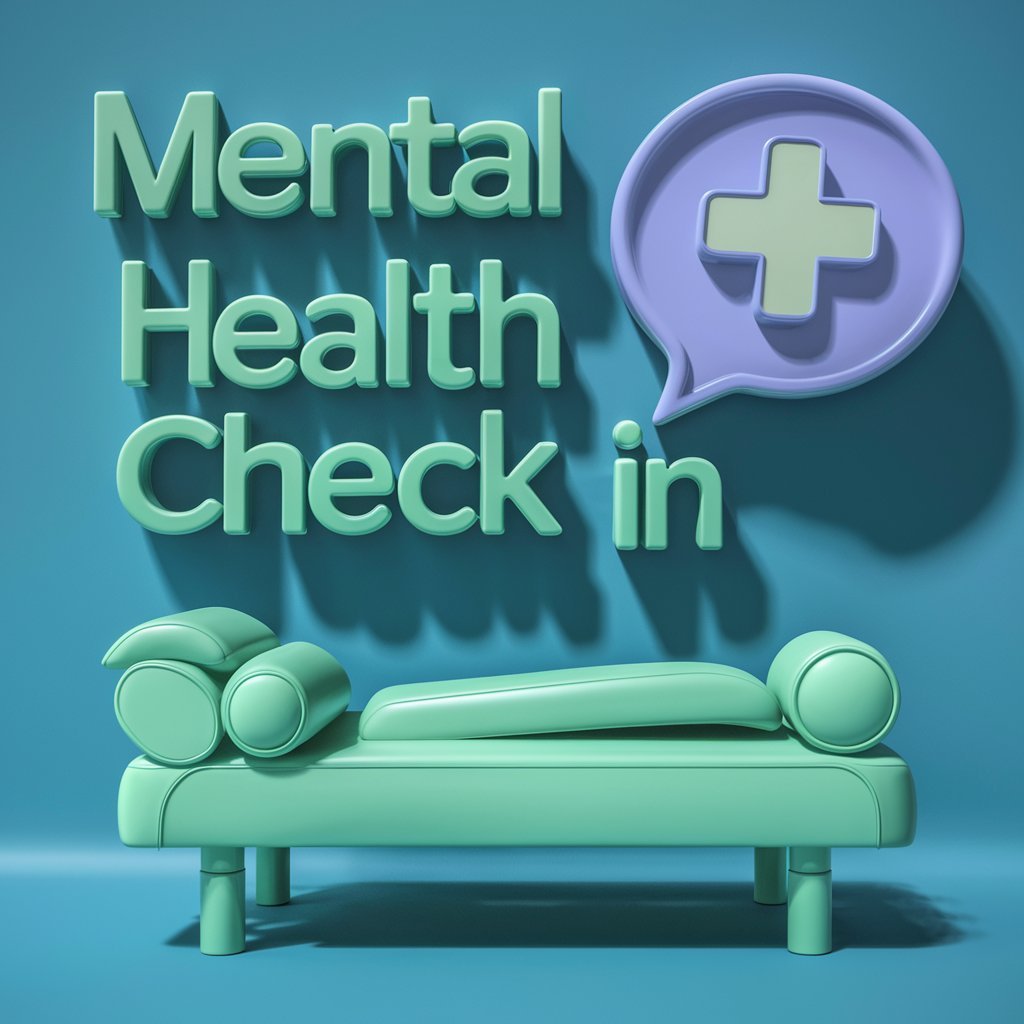Emotional balance is essential for maintaining good mental health. When our emotions are in harmony, we can better cope with stress, build healthy relationships, and make sound decisions. Achieving emotional balance is a lifelong journey that requires conscious effort and self-reflection. In this article, we will discuss strategies for achieving emotional balance and maintaining a healthier mind.
Identifying Your Emotions
The first step in achieving emotional balance is to learn how to identify and acknowledge your emotions. Take time to check in with yourself and pay attention to how you are feeling. Use tools such as journaling or meditation to become more aware of your emotional state. By understanding your emotions, you can better manage them and prevent them from overwhelming you.
Practicing Mindfulness
Mindfulness is the practice of being fully present in the moment without judgment. By practicing mindfulness, you can learn to observe your thoughts and emotions without getting caught up in them. Mindfulness can help you stay grounded and calm during challenging situations, allowing you to respond thoughtfully rather than react impulsively.
Engaging in Self-Care
Self-care is essential for maintaining emotional balance. Make time for activities that bring you joy and relaxation, such as exercise, hobbies, or spending time with loved ones. Take care of your physical health by eating nutritious foods, getting enough sleep, and staying active. When you prioritize self-care, you are better equipped to handle stress and maintain emotional well-being.
Seeking Support
It’s important to have a strong support system in place to help you through difficult times. Reach out to friends, family members, or a therapist when you need to talk about your emotions. Connecting with others can provide validation, comfort, and perspective that can help you achieve emotional balance.
Setting Boundaries
Setting boundaries is key to maintaining emotional balance. Learn to say no to commitments that drain your energy or cause you stress. Establish healthy boundaries in your relationships to protect your emotional well-being. By setting boundaries, you can create a sense of safety and control in your life.
Practicing Gratitude
Cultivating a practice of gratitude can help you shift your perspective and focus on the positive aspects of your life. Take time each day to reflect on things you are grateful for, no matter how small. Gratitude can help you stay optimistic and resilient in the face of challenges, leading to greater emotional balance.
Conclusion
Achieving emotional balance is a key component of maintaining good mental health. By identifying your emotions, practicing mindfulness, engaging in self-care, seeking support, setting boundaries, and practicing gratitude, you can work towards a healthier mind. Remember that achieving emotional balance is an ongoing process that requires self-awareness, persistence, and self-compassion.
FAQs
1. How long does it take to achieve emotional balance?
The timeline for achieving emotional balance varies for each individual. It may take weeks, months, or even years to develop the skills and habits necessary for maintaining emotional balance. Remember that progress is not always linear, and it’s okay to have setbacks along the way. Be patient with yourself and stay committed to your journey towards emotional well-being.
2. What should I do if I struggle to identify my emotions?
If you find it challenging to identify your emotions, consider seeking the help of a therapist or counselor. A mental health professional can provide guidance and support in navigating your emotional landscape. Additionally, practicing mindfulness and journaling can help you become more in tune with your emotions over time.





